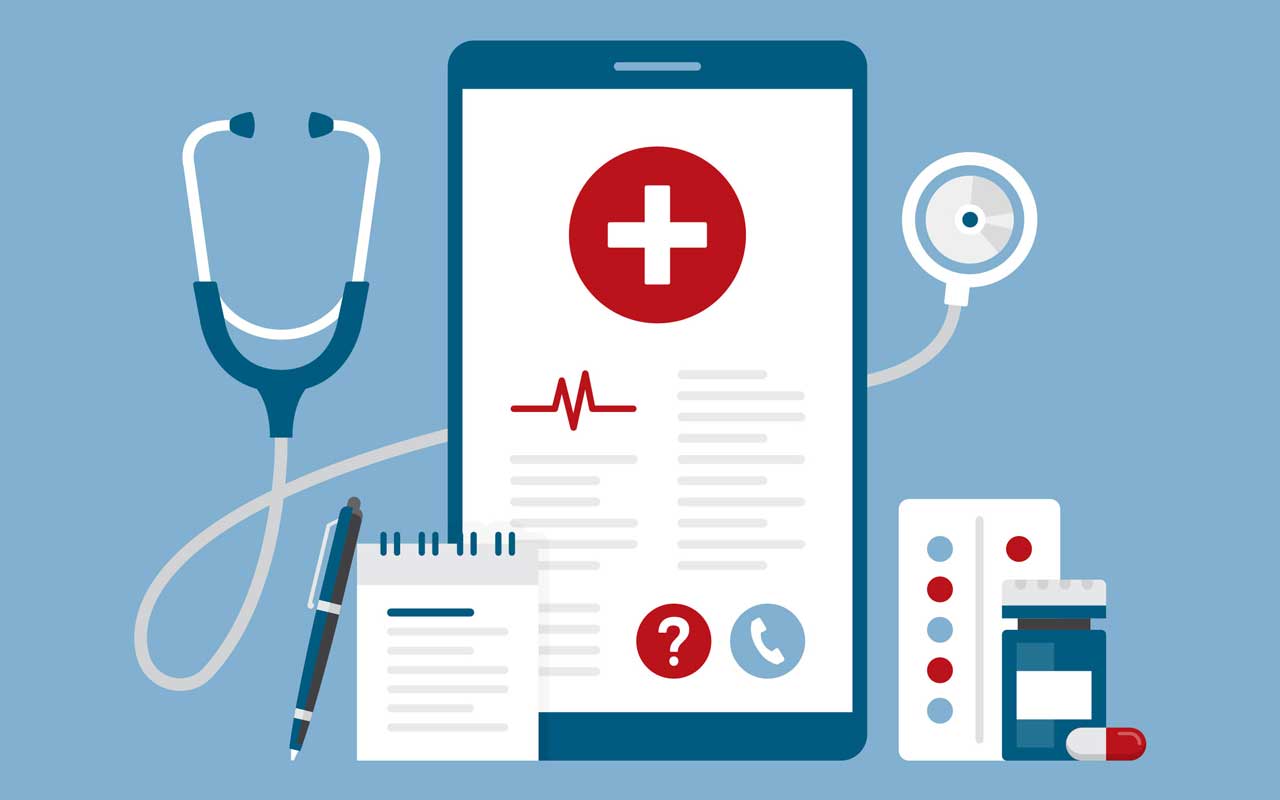
Medicare enrollment is growing quickly. Every day, 10,000 Americans turn 65. By 2030, one in five US citizens will be 65 years old or older. Seniors currently receive benefits through Medicare in two ways. One is referred to as “traditional Medicare”, the other, Medicare Advantage (MA), also known as “Medicare Part C.” Parts A and B cover hospitalizations and outpatient care and doctor visits, respectively; Part D covers prescription drugs.
Approved commercial insurance carriers administer MA plans instead of direct administration from the states. These plans provide all the benefits of Medicare Parts A and B and often Part D. MA plans have expanded quickly over the last several years, proving to be very popular among seniors.
Supplemental Benefits
In 2018, the Centers for Medicare & Medicaid Benefits (CMS) expanded its list of supplemental benefits to take effect in subsequent years. In 2019, CMS further expanded the list of services offered by MA plans beyond primarily health-related services—known as special supplemental benefits for the chronically ill (SSBCI).
These expanded services included some coverage for over-the-counter medications, medical transportation for non-emergencies, and adult day care (now more
commonly referred to as “adult day health services”). Additional coverage comprises caregiver support, home-based palliative care, in-home services, therapeutic massage and memory fitness, home and bathroom safety devices including structural alterations.
Cue COVID-19
The timing of expansion of MA supplemental benefits was fortuitous considering the onset of the COVID-19 crisis in early 2020. Many MA plans had already begun
offering SSBCI benefits that suddenly generated substantial demand. These included meals beyond the previously limited offerings, fresh produce and durable
packaged foods, rodent and pest control, and even indoor air quality monitors.
In March and April 2020, CMS issued updated guidance to providers of MA plans regarding increased flexibility with respect to coverage on an emergency basis in the context of the COVID-19 crisis. The first recommendation was to increase coverage for COVID-19 testing. In addition, CMS mandated increased coverage for meal delivery and transportation services, both designed to help seniors in particular maintain social distancing from potentially infected neighbors and caregivers.
Telehealth
Whereas previous telehealth services were only available to seniors who lived in remote locations, the new guidelines from CMS allowed coverage for all Medicare recipients for outpatient services that occur via telehealth platforms, including in their homes, regardless of the distance they live from their doctors.
Flexibility With Respect to Model of Care
Medicare offers a number of special needs plans that include requirements for face-to-face contact with providers in order for the plan to be eligible. Recognizing the need to maintain social distancing, CMS relaxed their monitoring of special needs plans, effectively covering some telehealth services that not previously reimbursed.
Even “the Vaccine”
Despite the fact that there was as yet no vaccine against the virus that causes COVID-19, the new CMS guidelines mandated that any future vaccine that would be developed would be paid for under Medicare Part B (outpatient costs), rather than Part D (prescription drugs).
What Will Be the Effect on Plans for Next Year?
It’s too soon to analyze data from the first half of 2020 regarding how MA supplemental benefits are utilized in the context of COVID-19. Nevertheless, experts have been advising MA plans as to how plans should be structured going forward based on patterns they have observed.
Elective Procedures Deferred
The widespread cancellations of elective procedures in 2020 generated a backlog that will generate a spike in demand over the next few years. In turn, this will likely generate corresponding upticks in demand for post-acute care services such as specialized home nurses, health aides, and durable medical equipment.
Expansion of Telehealth
Just as many employees during the pandemic discovered that they can do their jobs remotely, and many students found they could engage in remote learning, so too did patients learn that they could engage many healthcare encounters via telehealth. If this trend continues after the threat of COVID-19 passes, MA plans may need to consider a radical reordering of their bid planning going forward.
Expansion of Home-Based Services
It is important to note that these and other changes had already been underway prior to the pandemic. Indeed, there had already been a steady trend toward hospital care at home for a number of years when COVID-19 appeared. The established trends toward home dialysis and home infusion therapies are also likely to accelerate in the post-COVID-19 world.
After the pandemic is over, healthcare delivery, like community life in general, may return to more or less its pre-COVID-19 form. Medical offices will likely re-open and emergency departments will return to full capacity, including the substantial numbers of non-emergency visits that disappeared during the pandemic.
However, it is also possible that there will be persistently increased demand for the type of supplemental benefits that MA plans recently began to offer, particularly home-based health services. As long as the social distancing regime lasts, acceleration toward home-based healthcare is likely to continue.


